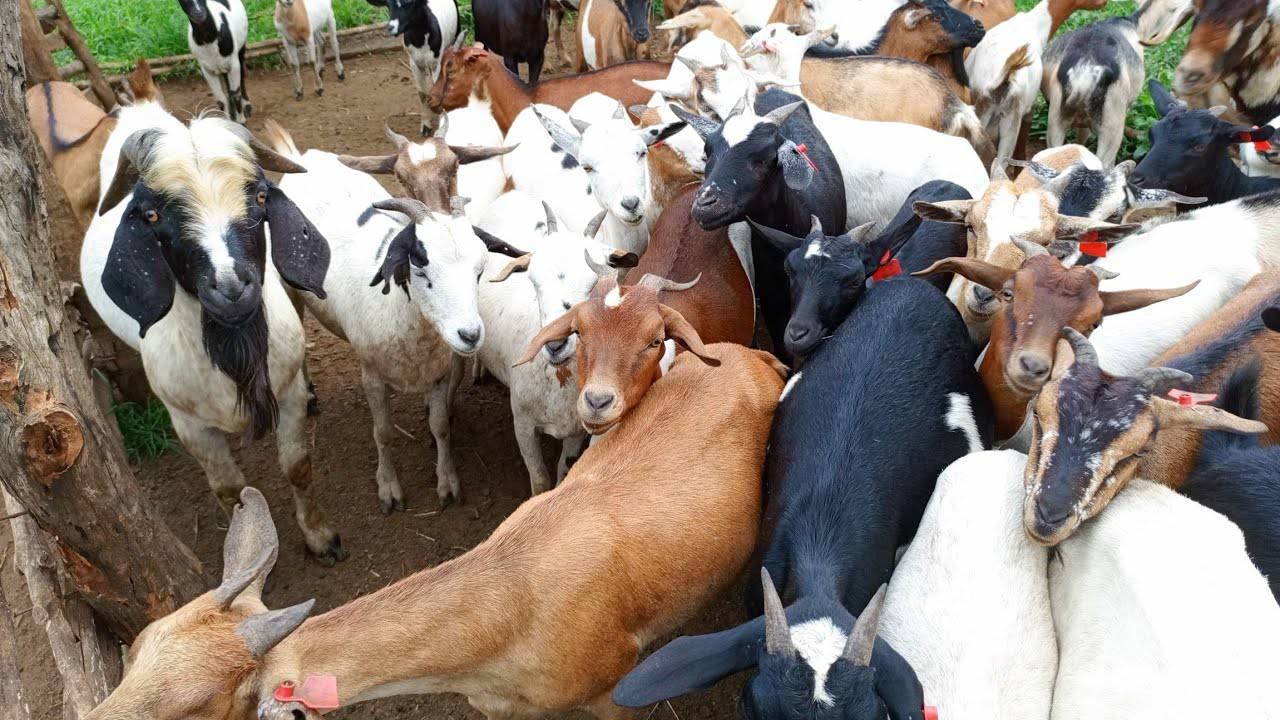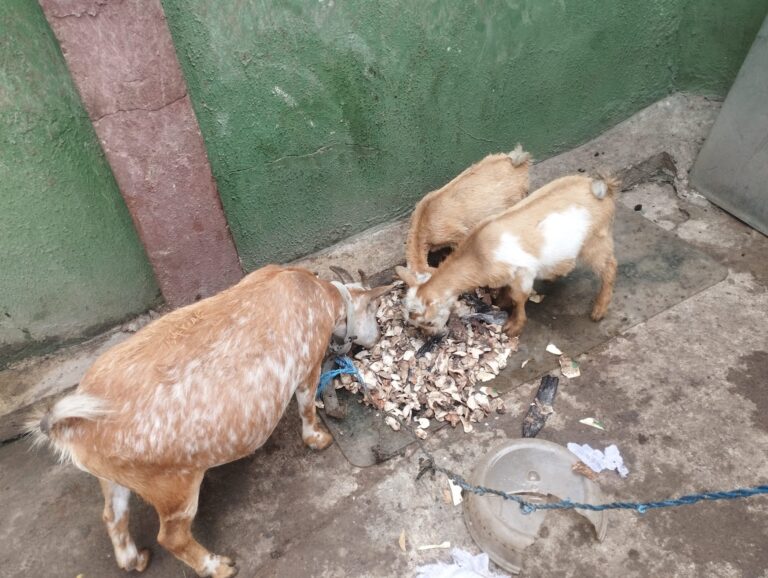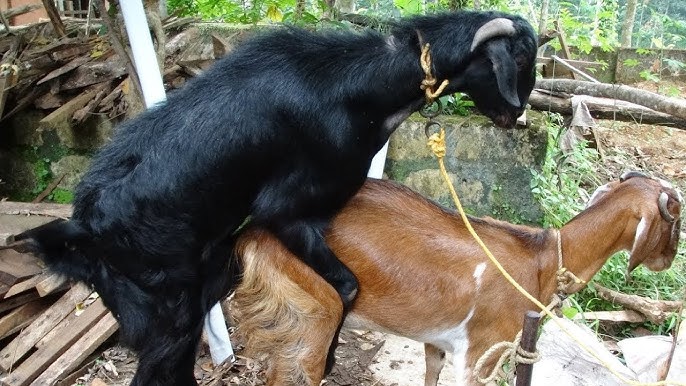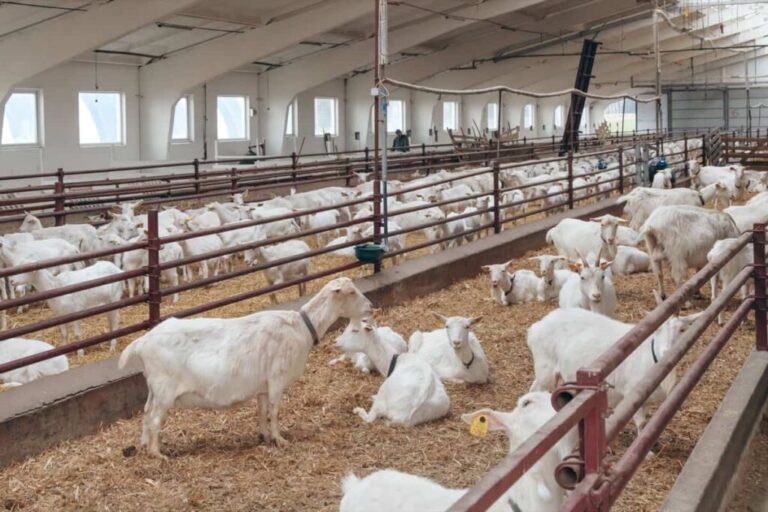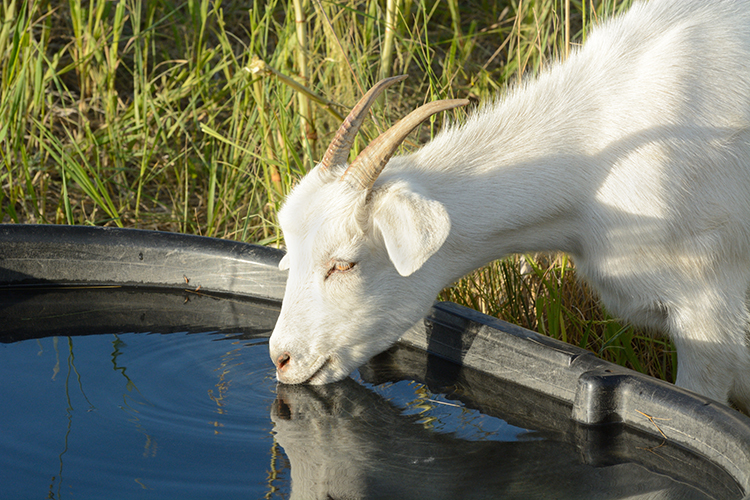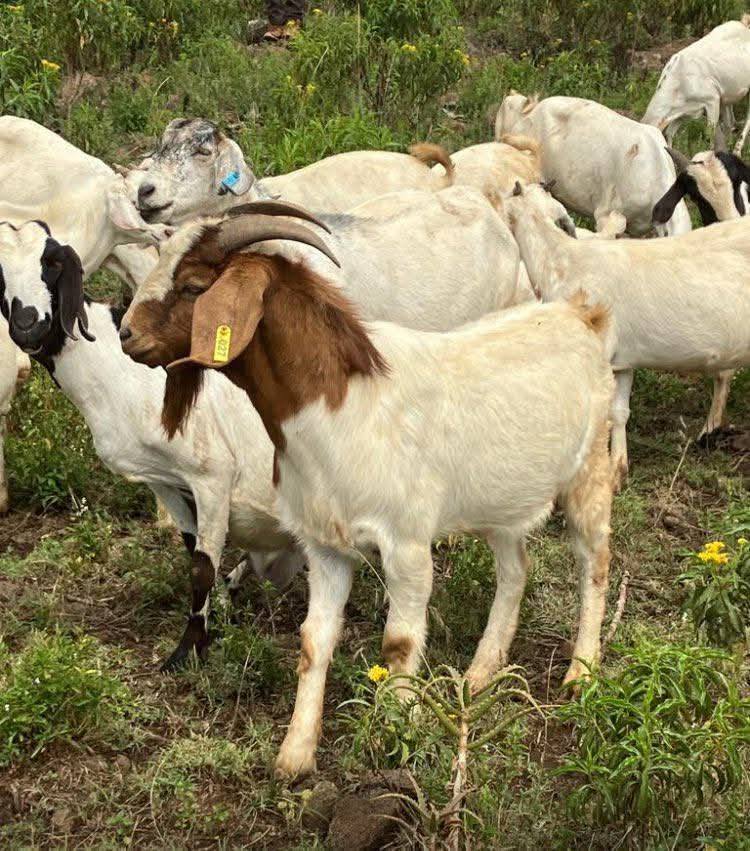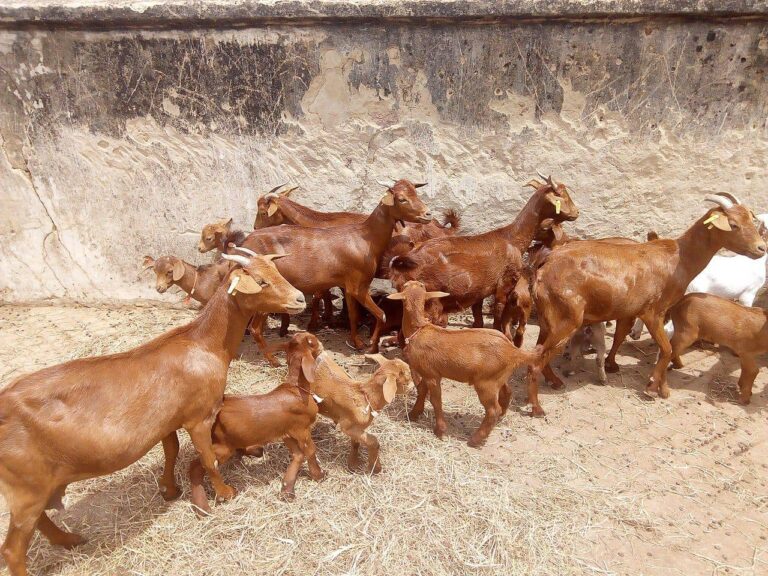Successful goat breeding starts long before mating. It begins with selecting the right animals.
Whether you’re raising goats for meat, milk, or dual-purpose production, the genetic quality of your breeding stock shapes the future performance of your herd. Breeding from poor-quality animals leads to slow growth, disease vulnerability, and reproductive problems.
This guide walks you through how to identify and select high-quality bucks and does, even if you’re just starting or buying locally.
Why You Should Select Stock for Breeding
Every kid born on your farm is a genetic reflection of the parents.
A high-quality buck can influence the entire herd for years, while strong, productive does ensure healthy kids and high fertility.
Selecting the right animals reduces long-term feed costs, increases income per goat, and improves herd health across generations.
Key Traits to Look for in a Breeding Buck
A good buck contributes 50% of the genetic makeup of every kid he sires. That’s why choosing a superior buck is often more important than choosing the best doe, especially when starting a small herd.
1. Physical Conformation
A high-quality buck should have a strong, muscular frame, deep chest, straight back, well-spread hindquarters, and strong legs. His stance should be confident and balanced. Avoid animals with visible deformities, narrow frames, or weak legs, as these traits often pass on.
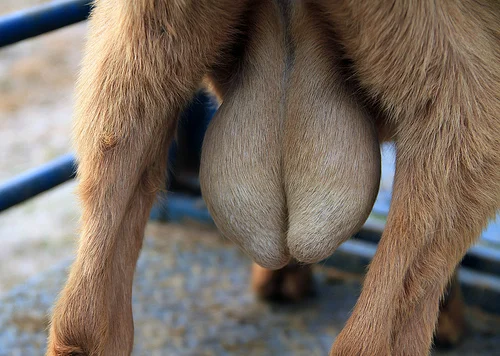
2. Testicle Health
A breeding buck should have two evenly sized, firm testicles hanging freely in the scrotum. The scrotal circumference should be proportional to his size (generally 25–30 cm in mature bucks). Abnormalities like undescended testicles, swelling, or softness can indicate fertility issues.
3. Libido and Mating History
Bucks must be sexually active and eager to breed during the mating season. If purchasing a mature buck, ask about his breeding record; how many does he has successfully serviced, and the kidding success rate. Young bucks should show early interest in females.
4. Health and Body Condition
Select bucks that are free from parasites, wounds, lameness, or chronic illness. They should have bright eyes, clean nostrils, good appetite, and smooth coat. A body condition score (BCS) of 3–3.5 out of 5 is ideal: neither too thin nor overly fat.
5. Pedigree and Breed Type
If possible, inquire about the buck’s lineage if you’re buying purebred or crossbred animals. Choose bucks from parents known for fast growth, high milk yield, or disease resistance, depending on your production goals. Avoid inbreeding by checking relations with your current herd.
Key Traits to Look for in a Breeding Doe
Does are the foundation of the herd. A good doe should not only reproduce easily but also raise healthy, fast-growing kids.
1. Fertility and Kidding History
For mature does, prioritize those that have kidded at least once a year and produced twins or triplets. Early maturing and frequent breeders contribute more to farm profitability. If buying a young doe (doeling), check the reproductive history of her dam and siblings.
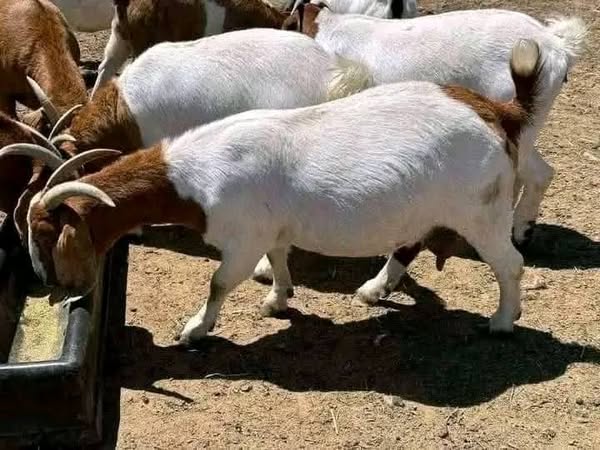
2. Udder and Teat Health
In dairy or mixed-purpose systems, inspect the udder for symmetry, firmness, and good attachment. Teats should be medium-sized and free of injury or signs of mastitis. Avoid does with bottle-shaped, lumpy, or pendulous udders.
3. Body Structure
Breeding does should have a broad pelvis, deep body, strong legs, and an alert posture. A wide pelvic structure reduces birthing complications. Avoid animals with sway backs, long hooves, or narrow hips.
4. Mothering Ability
If evaluating past performance, choose does that nurse their kids well, are calm and attentive mothers, and wean kids with good weight gain. Poor mothering often repeats in future generations.
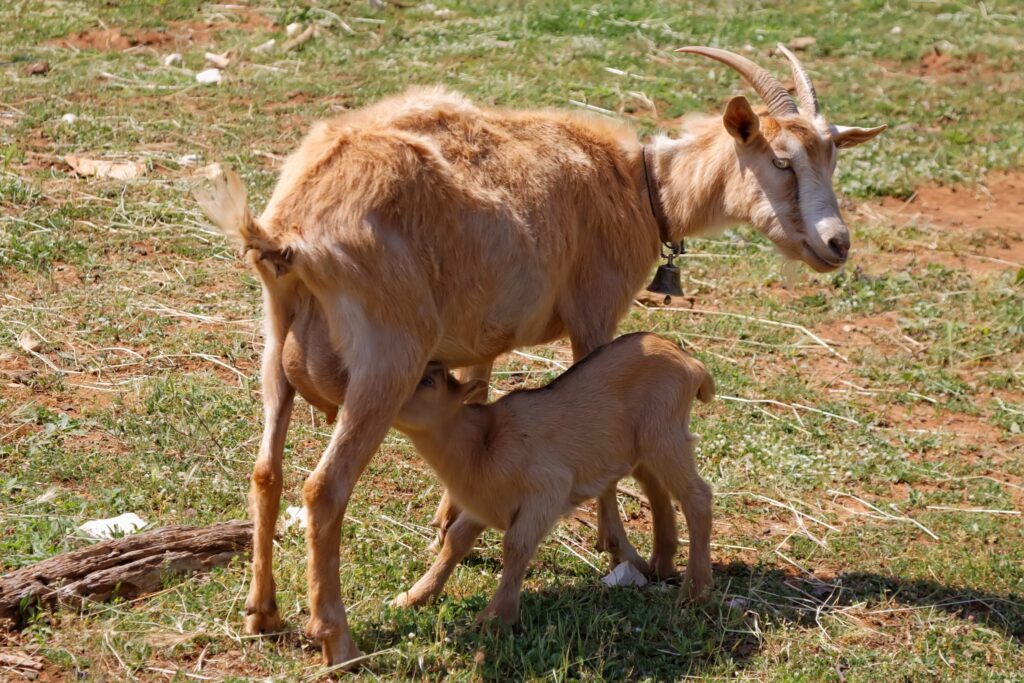
5. Health and Temperament
Healthy does should have a shiny coat, clean eyes, regular breathing, and active feeding behavior. Good temperament (not overly aggressive or nervous) is an asset during kidding and handling.
Additional Tips for Selecting Breeding Stock
- Buy from reputable farms or known breeders with healthy herds and visible recordkeeping.
- Quarantine new animals for 14–21 days before introducing them to your main herd.
- Avoid buying animals during extreme weather or transit stress, which can mask underlying illnesses.
- Never select breeding stock from goats showing signs of lameness, chronic coughing, persistent diarrhea, or nasal discharge.
- Always check for signs of external parasites like lice or ticks, and inspect the mouth for healthy gums and bite alignment (no overbite or underbite).
Common Mistakes to Avoid
- Choosing based on size alone: Big does aren’t always fertile; flashy bucks aren’t always potent.
- Ignoring genetic diversity: Repeated use of related animals leads to inbreeding depression: reduced fertility, poor growth, and increased disease.
- Underestimating the buck’s role: One poor-quality buck can weaken the entire next generation.
- Selecting from unhealthy herds: Even attractive animals from poorly managed farms may carry silent infections or genetic defects.
Wrapping Up
High-performing goat herds are the result of thoughtful breeding stock selection. Whether you’re improving meat yield, boosting milk production, or creating a hardy line of indigenous crosses, start by choosing bucks and does that match your goals. Invest in quality from the start, and your herd will reward you for years to come.
Related:

